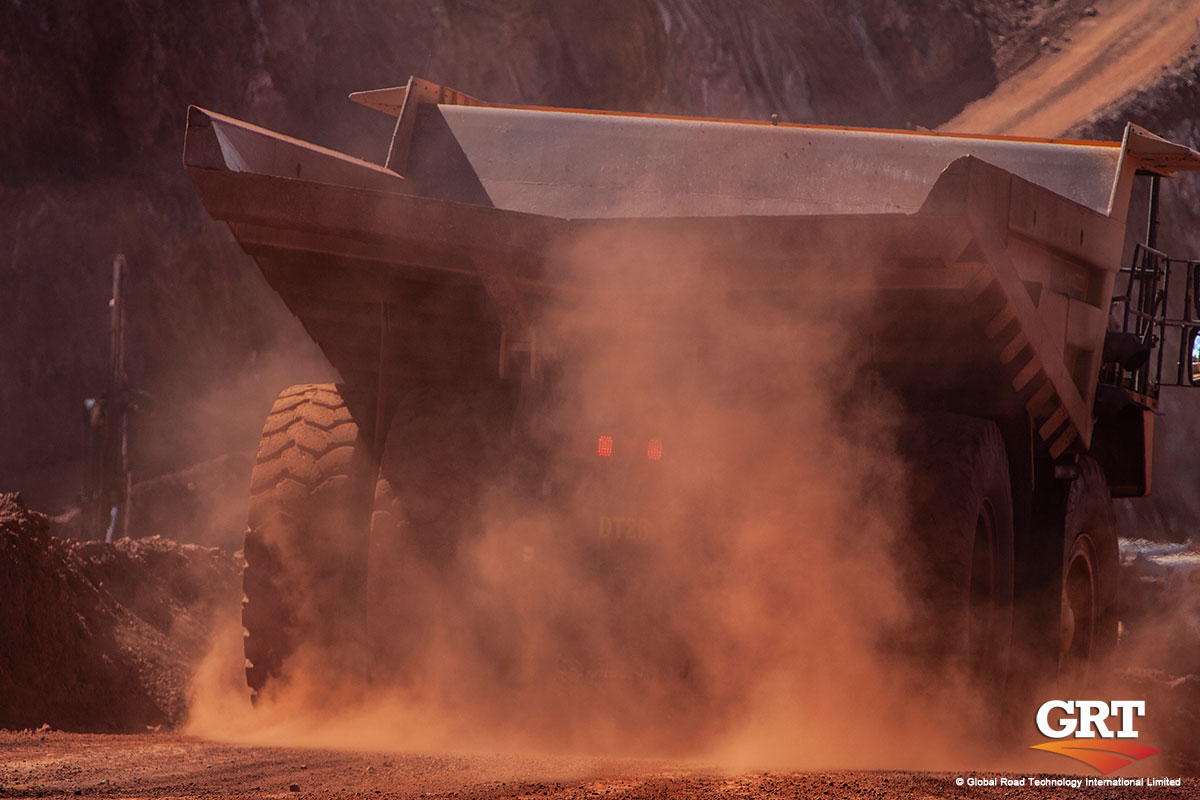
Fugitive dust is the enemy of healthy operations and environments. Defined as small airborne particles of solid material, fugitive dust is released into the atmosphere due to human activities – and it’s everywhere.
Keeping the human element in mind, many of our projects cause dust problems, and as you can imagine, the most common are industrial processes like construction, mining, and agriculture.
Fugitive dust particles can be tiny but range in size from a few micrometres to several millimetres and remain suspended in the air for long periods. The potential for these particles to cause environmental and health problems is vast.
For mining and resource workers, activities like digging, blasting, crushing, and grinding of materials such as soil, rocks, and minerals are familiar dust sources. Natural events such as wind erosion and wildfires are also contributors.
With policies like Environment, Sustainability and Governance (ESG) on the rise, it’s essential for operators to continue monitoring and controlling fugitive dust emissions. In turn, they can minimise their environmental and public health impact.
Fugitive dust, as with many forms of particulate in the atmosphere, can cause severe and long-lasting health problems.
Particularly when prolonged exposure over time is taken into account.
Here are some of the common health impacts associated with fugitive dust:
Dust is responsible for a range of environmental impacts.
And surprisingly enough, just because it’s generated from the Earth doesn’t mean it’s part of a healthy ecosystem
If air pollution can affect the health of humans, then it can also impact the broader environment and wildlife.
Here are some of the main concerns we haven’t covered yet:
Global Road Technology (GRT) is committed to providing better roads, industries and communities through cutting-edge dust control techniques.
GRT’s products are designed to perform in harsh environments and have the power to control dust, not just reduce it.
For a full rundown of GRT’s Australian-owned product line and to find the one best suited to your application, visit our Dust control solutions page!
Your feedback is important to us. If you enjoyed reading this Global Road Technology industry update and found it informative, please let us know by leaving a REVIEW.
References:
https://www.epa.gov/sites/default/files/2020-10/documents/13.2_fugitive_dust_sources.pdf.
Are environmental regulations, health and safety concerns or potential profit loss a concern right now?
Contact Us Now